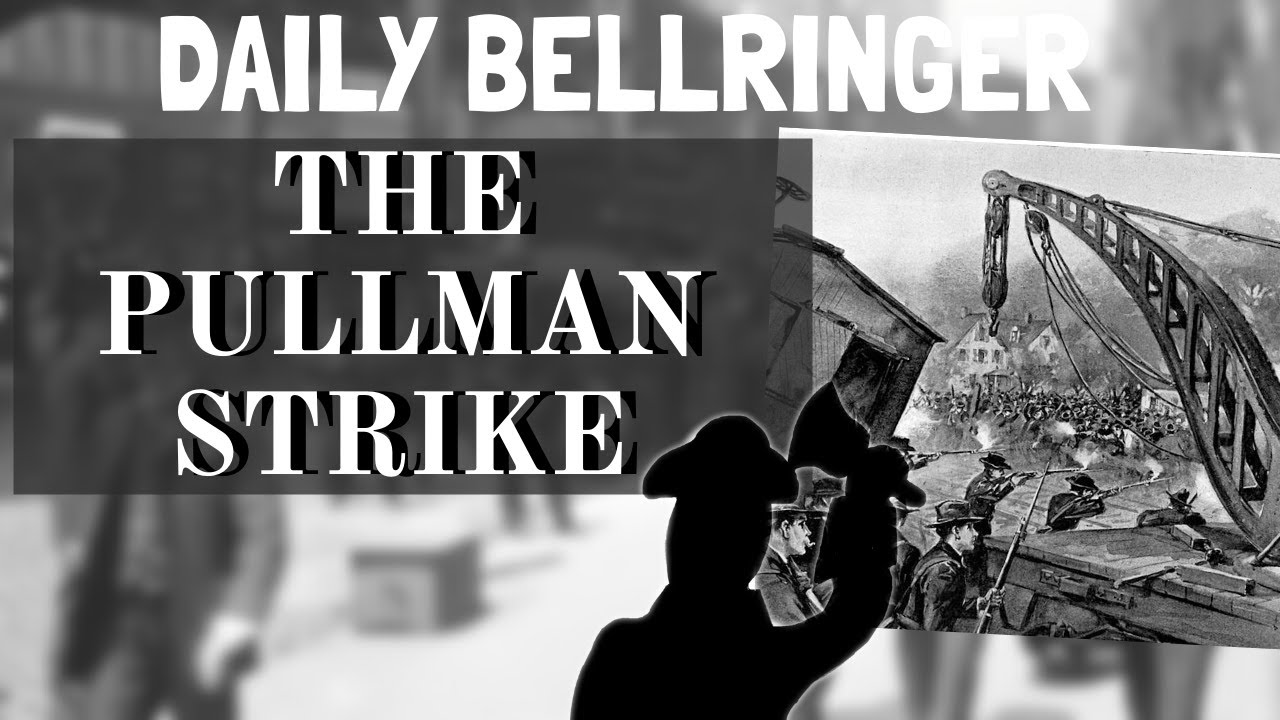Claus Weselsky (GDL) zum Ende des Warnstreiks
Summary
TLDRThe video script covers a press conference held by Klaus Weselski, head of the German Train Drivers' Union (GDL), following a notably long strike impacting German railway services. Weselski addresses the substantial economic damages and public inconveniences caused by the strike, emphasizing the union's demands for reduced working hours, higher wages, and improved conditions. He announces the early termination of the strike and the initiation of new negotiations with Deutsche Bahn, scheduled for February 5th. Weselski outlines the union's position and their intent to avoid further strikes, hoping for a compromise in the upcoming negotiations. The script also touches on the broader impact of the strike on German transportation and public sentiment.
Takeaways
- 🚂 The long strike by the German Train Drivers' Union (GDL) has finally concluded, much to the relief of railway customers and the economy.
- 💰 The economic damages caused by the strike are significant and yet to be fully quantified, highlighting the strike's extensive impact.
- 🚦 The strike led to considerable disruption, not only halting train services but also causing massive traffic congestion, particularly noted on the highways on Thursday.
- 🕒 The conflict revolves around the reduction of working hours, wage demands, and overall better pay for the train drivers.
- 📅 Negotiations are set to resume on February 5th, with optimistic sentiments from the railway company (DB) regarding reaching an agreement.
- 📑 A preliminary agreement (Einigungspapier) indicates progress in the dispute, focusing on rights and conditions that the GDL views as rightfully theirs.
- ⚖️ The GDL emphasizes that the current agreement avoids preconditions and focuses on negotiating on infrastructure, collective agreements for vehicle maintenance, and reducing weekly working hours.
- 🤝 Both parties, the German railway company (DB) and the GDL, are committed to finding a solution through negotiations, marking a significant step towards resolving the conflict.
- 🕑 The GDL notes substantial participation in the strike, especially in infrastructure maintenance, indicating widespread support among workers.
- 🔍 The future negotiations will be critical, focusing on complex issues like working hours reduction, pay increases, and possibly involving moderators to ensure a successful outcome.
Q & A
What was the primary reason for the strike mentioned in the transcript?
-The primary reason for the strike was related to labor disputes, specifically around the reduction of working hours, wage negotiations (more salary), and overall working conditions.
Who is Klaus Weselski and what role does he play in the context of the strike?
-Klaus Weselski is mentioned as a representative from the GDL (German Train Drivers' Union) headquarters in Berlin. He played a significant role in the strike, likely as a leader or spokesperson for the union.
What were the immediate effects of the strike on the public and economy?
-The strike led to significant disruptions, including halted train services, massive traffic jams on highways, and probably enormous economic damages that were difficult to quantify. It caused a lot of inconvenience to train customers.
What are the key issues to be negotiated in the upcoming talks mentioned for February 5?
-The key issues for the upcoming negotiations include the reduction of working hours, wage increases, and conditions for a framework agreement on vehicle maintenance among other labor conditions.
What does the 'settlement paper' referred to in the transcript indicate?
-The 'settlement paper' indicates an agreement to enter negotiations, showing that the strike was partly to assert rights already owed to the workers. It served as a basis to restart negotiations without preconditions, specifically on infrastructure, collective agreements for vehicle maintenance, and reducing weekly working hours.
What stance did the German railway company (Deutsche Bahn) and the GDL union take towards resolving their dispute?
-Both Deutsche Bahn and the GDL union decided to attempt to resolve their dispute through negotiations, seeing it as a significant step in the right direction towards reaching a compromise and creating finalized collective agreements.
What were the results of negotiations and strikes in the railway sector prior to this strike?
-Prior to this strike, 18 railway transport companies had set a market reference with around 10,000 railway workers under collective agreements that include the reduction to a 35-hour week and other compromises.
How did Klaus Weselski describe the strike participation among railway workers?
-Klaus Weselski described the strike participation as 'excellent,' indicating strong support for the strike among railway workers, even among those not members of their union, especially in infrastructure and maintenance sectors.
What future steps did Klaus Weselski outline for the GDL and Deutsche Bahn?
-Weselski outlined that both parties aim to negotiate without further preconditions, especially on topics they consider constitutionally protected. He emphasized the intention to bring the negotiation points together into a compromise without public disclosure of intermediate statuses.
What did Weselski suggest about the impact of the strike on future labor negotiations?
-Weselski suggested that the strike could lead to a new era in the market, with direct workers receiving reduced working hours in several steps, ultimately aiming for a 35-hour week by January 1, 2028, signaling a move towards making shift work more attractive.
Outlines

This section is available to paid users only. Please upgrade to access this part.
Upgrade NowMindmap

This section is available to paid users only. Please upgrade to access this part.
Upgrade NowKeywords

This section is available to paid users only. Please upgrade to access this part.
Upgrade NowHighlights

This section is available to paid users only. Please upgrade to access this part.
Upgrade NowTranscripts

This section is available to paid users only. Please upgrade to access this part.
Upgrade NowBrowse More Related Video

Bahnstreik: Wer ist schuld? Was will Weselsky? Was sagen die Medien? Wie geht’s weiter?

Кто поможет пенсионерам/Почему беженцы бегут домой/Транспорт встанет/Новости Германии

43 Words You Need for Traveling by Train in Germany | Super Easy German 224

tagesschau 20:00 Uhr, 29.01.2024

The Pullman Strike | Daily Bellringer

The German Language: A Journey Through its History and Dialects
5.0 / 5 (0 votes)